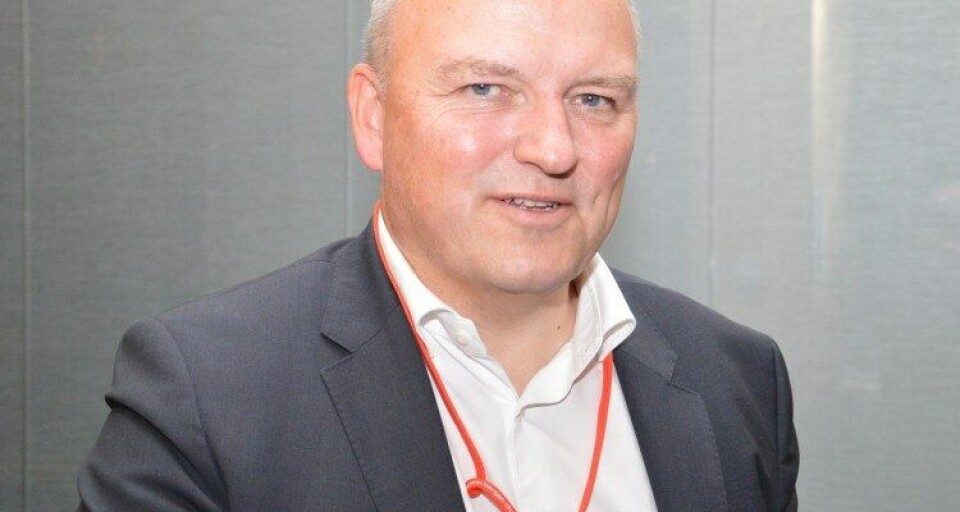
40% price drop predicted
A leading seafood analyst has predicted that Norwegian salmon prices are going to be decimated by “a perfect storm”.
A statement, issued by Nordea’s Kolbjørn Giskeødegård this morning, explains: “After a quarter with substantial undersupply from Norway, we are at the foothills of the biggest sequential volume ramp-up since 2011. This ramp-up will target markets with dwindling demand and weakened absorbing power. Hence, we expect a 40% price drop from the peak and a volatile price pattern over the coming months. We also raise our 2017-18 global supply estimates by 2%, prompting us to lower our salmon price forecasts for 2017 and 2018 by NOK 2 per kg (to NOK 53 and NOK 50, respectively).”
Giskeødegård points to the considerable increase in salmon biomass in Norway as being one of the main root causes.
“The Norwegian industry has been running 5-6% below full capacity owing to sea lice issues in 2015. This has caused massive undersupply, especially in June and July. We estimate the biomass situation in Norway has turned from -4% in May to +4% now in August. We expect monthly harvesting will increase from 82,000 tonnes in July up to 120,000 tonnes in September,” he argues.
He also contends that the lack of salmon in the first half of the year has led to retailers looking to alternative species.
“A recent field trip in Europe, visiting retail stores, confirms that: 1) salmon has lost shelf space and 2) in-shop prices have increased for smoked products of whitefish and pelagics to fill the gap. On the fresh side, we have observed the increased presence of locally produced farmed trout and a massive promotion of warm-water shrimp in places where we used to see salmon. We have hardly seen any sort of promotion or price campaigns on salmon and the price level on fillets (EUR 25-30 per kg) was twice as high as 2013-15 levels. We fear that the absorbing power in European retail faced a major setback during H1 2016,” Giskeødegård continues.
This combination will, the analyst predicts, lead to the market being flooded, quite spectacularly and he has duly lowered price predictions for next year, and well as production cost projections.
“We fear a combination of weaker absorbing power in the market and a huge volume ramp-up will have the same effect as torrential rain after a long drought. The market will need 3-12 weeks to absorb volumes fully – at the same time, there is a risk of oversupply and a steep price drop. We keep our NOK 58 per kg price estimate for 2016 unchanged but we cut our 2017 price forecast to NOK 53 (55) per kg owing to higher supply estimates. We also raise our cost estimates by NOK 1 per kg on average [to NOK 32/kg],” he says.
As a result, he suggests it’s not a great time to be investing in salmon production, except in two particular producers.
“Based on this, we downgrade most companies to Hold or Sell (from Buy) We only maintain Buy ratings on Bakkafrost and Grieg Seafood, our sector top picks,” Giskeødegård concludes.






















































